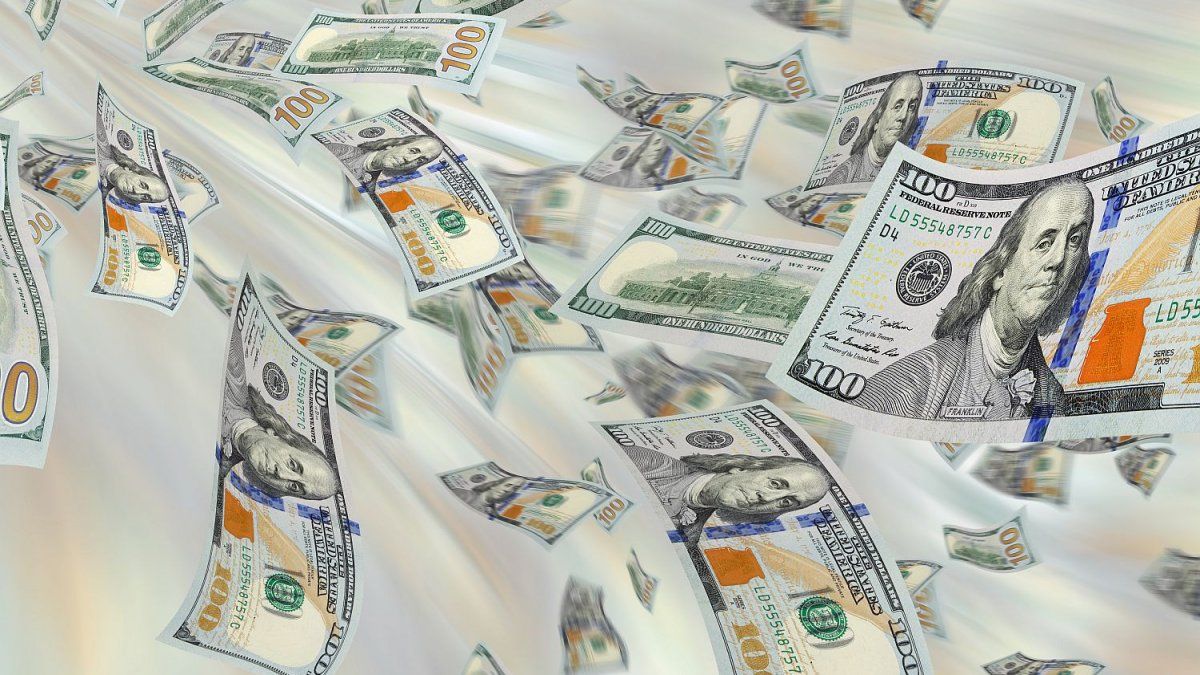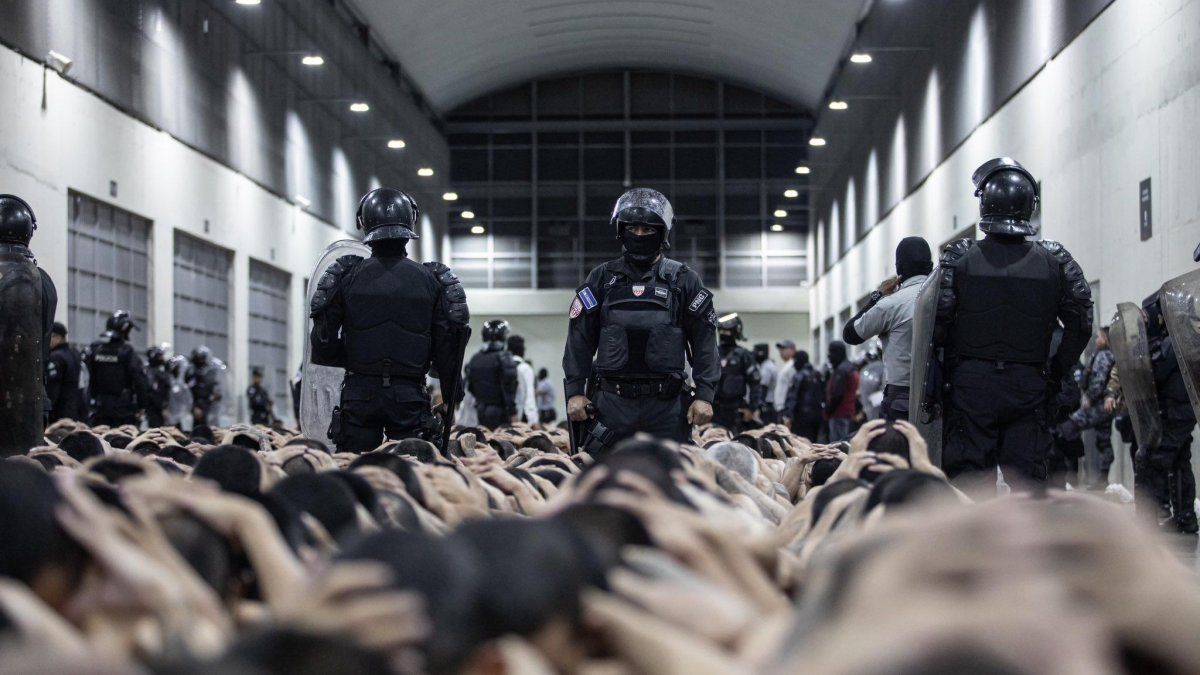As economist Lucio Garay Méndez, of EcoGo, describes in dialogue with Ámbito, “the dollar was quiet for a long time; on October 10 it had already surpassed the $1,000 barrier and, since then, it has orbited in that area.” He recapitulates that, in the middle, nominality accelerated and pesos continued to be printed, “even to this day, for various reasons.” And, in that sense, he considers it normal that the dollar has accelerated and finds new values. Likewise, he mentions that the interest rate was lowered and, with it, the incentives to have pesos fell.
Along the same lines, for Joel Lupieri, from Epyca Consultores, a key element in this bullish blue dynamic is negative rates. Let us remember that on December 18, the Central Bank (BCRA) decided to lower the yield of traditional 30-day fixed terms to 110% (Annual Nominal Rate, TNA) from 133%that is, 23 percentage points.
In this way, the monthly interest on these savings instruments became 9.04%when until now, it was 11% and the annual effective rate (TEA) was around 186.5% (it was 253%). This is a very negative performance against an annual inflation that could exceed 200% and a monthly inflation of around 30% in December.
Low rates, a trigger for the blue dollar
Lupieri points out that This measure “encourages savers to look for other investment alternatives and turn, more specifically, to dollarization, as we have seen in recent days.” Thus, the financial analyst warns that It is unfeasible for the BCRA to continue betting on a negative rate and considers that the limit to this policy will be given, mainly, by the exchange rate tension that is being generated.
He anticipates, on the other hand, that, “The more inflation and jumps in the MEP and CCL are seen”, the Government will be more pressured to determine a new rate increase nominal, which would impact the interest paid on fixed terms and could take pressure off the blue dollar. The problem is that the BCRA is liquidating the BCRA’s liabilities through a strategy of lowering rates and we will have to see how interested it is in deviating from that plan to control the dollar.
Financial dollars and the blue
On the other hand, the economist Jorge Neyro mentions the dynamics of financial dollars as another element to take into account. “The blue dollar adjusts to the rise in these exchange rates, which have been trending upward in recent years,” says Neyro.
In fact, the Cash With Settlement (CCL) exceeded $1,200 this Monday, although it fell somewhat below that value the following day, and the stock market is trading around $1,150 this Tuesday. The gaps between both exchange rates exceeded 40%. Thus, Neyro observes that “parallel quotes are slowly converging.
For its part, the economist Pablo Ferrari mentions that what is happening also responds to the fact that the Government stepped on the official exchange rate after the 54% devaluation that it applied on December 13. And a crawling peg (rhythm of daily microdevaluations) of 2% per month in a context of high inflation is equivalent to an almost frozen exchange rate.
The inflation variable and the lower demand for pesos
In that context, Ferrari points out that, although the Consumer Price Index (CPI) for December will only be known this Wednesday, January 10, it is expected that the “blue dollar and the other parallels (the financial ones) will continue to evolve at the rate of inflation “. This explains this awakening of the informal exchange rate, which had been dormant with respect to the rest of the variables of the economy.
In addition, We are at the beginning of the year and the expenses of the holidays demanded pesos from the populationbut, once the consumption season of Christmas, New Year’s Eve, summer and kings reservations has passed, it is logical that The little or much leftover that remains in the pockets of the bonus and bonuses goes, in part, to the dollarespecially blue, which is the most accessible for the common saver.
What price could the blue dollar reach?
For this reason, Ferrari anticipates, going forward, that “As long as the official exchange rate remains unchanged as it is now, the parallels increase the rate of inflationand, if there is no jump from crawling pegthe gaps widen.
Meanwhile, for Neyro, when thinking How will blue continue in the coming days?What you have to keep in mind is that “financial dollars are going to put the ceiling on you.” Consider that these exchange rates will be decisive in seeing how far the blue can go.
Thus, a voice from the City risks that “It could touch $1200 thinking about the financial path“and, given the way the curve is coming, I would think that This could happen, “at most, next week“.
Likewise, other sources point out that, especially at this time of year, which is tourist season, The dollar card also works as a roof for the blue, somehow. In that sense, taking into account that it is trading at $1,334.40 at this time, that could be a limit, although somewhat long (that is, it is still far from getting too close) for the price of blue.
Central Bank BCRA_Petunchi
The Central Bank had little acceptance in the placement of the Bopreal, the bonus for importers, until now.
Ignacio Petunchi
However, an economic analyst suggests to this medium that “the lower seasonal demand for pesos, the feeling that the blue is cheap because the market does not finish buying the 2% peg and the little movement of Bopreal add up to the rise of alternative dollars“.
It happens that there are many analysts who point out that the rise in financial dollars is related to a possible greater weakness of the Government, evidenced in possible rejections of the measures (omnibus law and DNU, mainly) and they point out that this was evidenced, above all , in the poor performance that, until now, the Bopreal tenders have shown.
On the other hand, it is worth remembering, as Lupieri suggests, in a context in which “the inflationary escalation is not limited by the rate, the market will seek to test the control that the Minister of Economy, Luis Caputo, and the president of the BCRA, Santiago Bausili, about that situation.
Source: Ambito
I am a 24-year-old writer and journalist who has been working in the news industry for the past two years. I write primarily about market news, so if you’re looking for insights into what’s going on in the stock market or economic indicators, you’ve come to the right place. I also dabble in writing articles on lifestyle trends and pop culture news.




